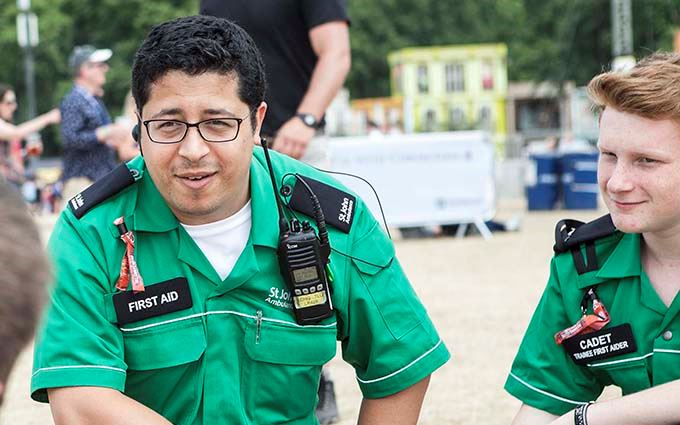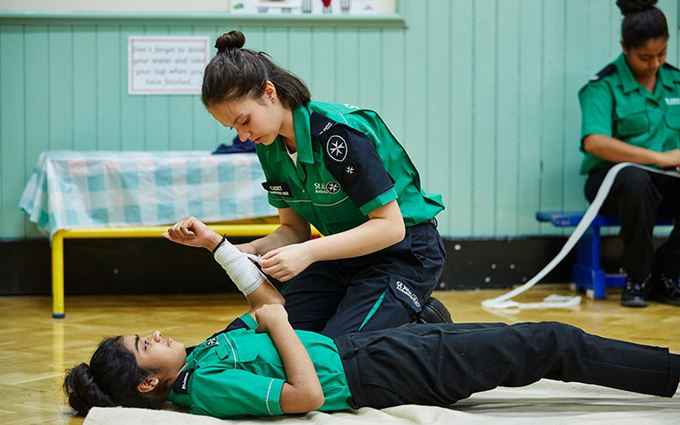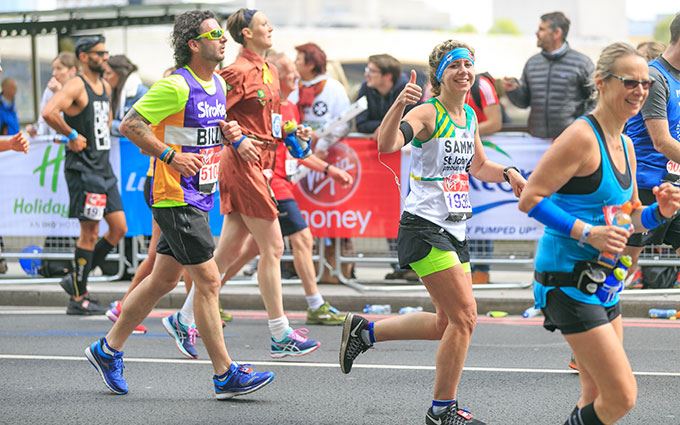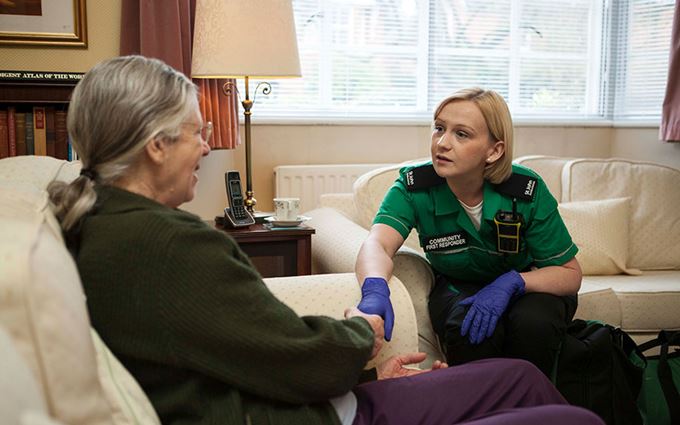There are so many ways that you can get involved with St John Ambulance. It's only with your help, that we can continue to help keep communities safe and carry on our vital work.
Whether you'd like to be a volunteer, join a youth programme, fundraise, or donate in any way you can, it all makes a huge difference. The money you raise goes towards our training, equipment, and ambulances. The time you give us ensures we always have volunteers ready and able to respond when needed - saving more lives.






